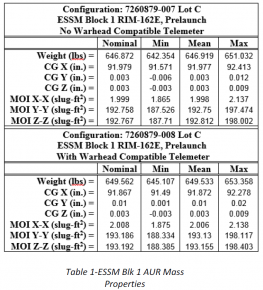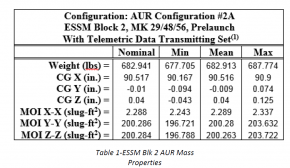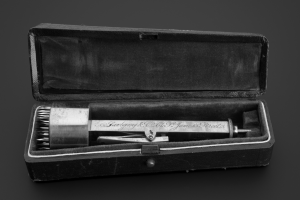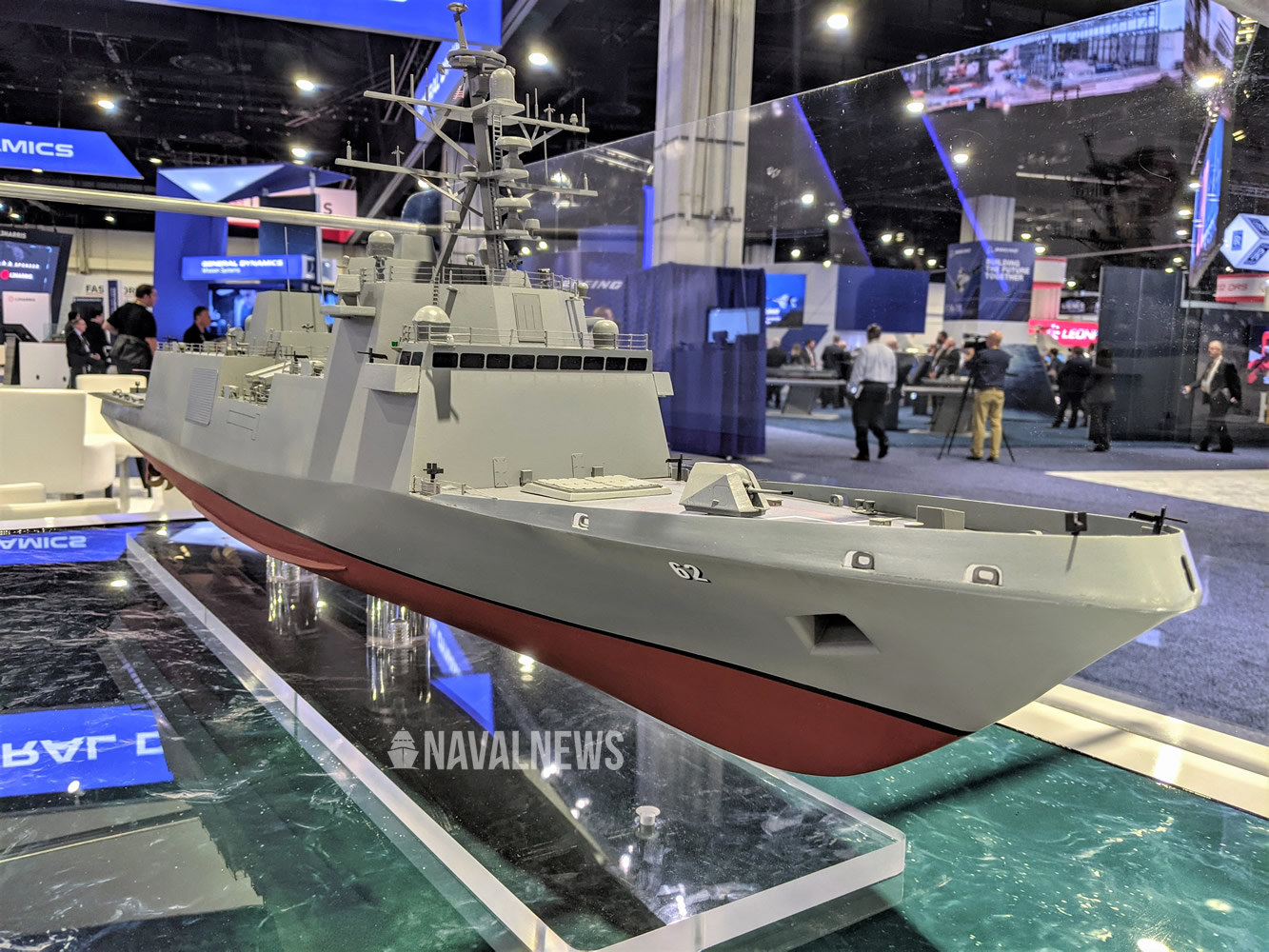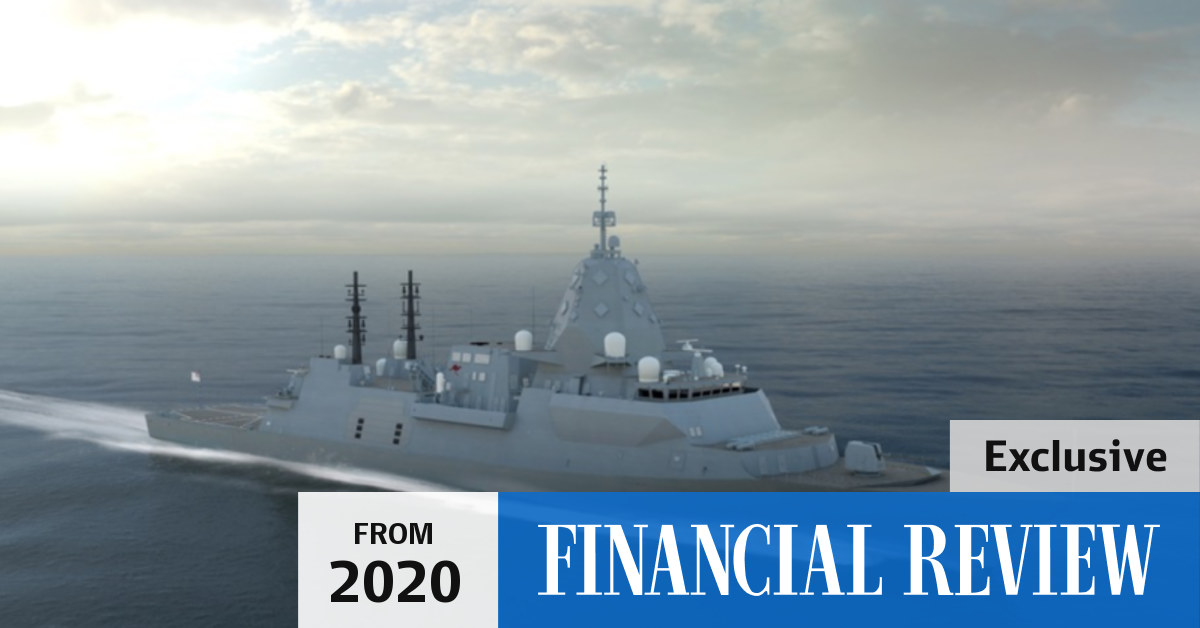Burkes radar is also located very low on the ship.
This reflects USN capability and strategy. With ~20 carriers, numerous sats, large radars on large ships, its unlikely a Burke will be bumbling around relying only on its mast radar for situational awareness. Burkes are built around one of their primary jobs, being a carrier escort. Huge magazine for defence, light antishipping capability. The US has other assets that can do antishipping or land strike.
The Japanese Maya and Atago modified the mast structure to place it up higher.
I tend to refer back to the SEA 4000 project timeline, not so much for various completion dates, but for when certain planning, contracting and work start dates because they can provide a rough framework for how long various activities can take, prior to actual construction of a modern naval vessel commences
I get that, But at the same time I don't think we need to be limited by a near 20 year project, and intend future projects get completed in the same timeframe. The FFG and Anzacs were completed much quicker overall as I recall.
Anzac design was signed off/selected in 1989, and HMAS Anzac was laid down 1993, launched in 1994 and commissioned 1996. With a ship coming basically every year after that. Its still a 10 year program, and for a smaller, simpler ship.
Can someone enlighten me where the 32 VLS figure for the Hunter class comes from?
I don't believe there is anything official and final other than the models presented in both CGI and on display. None of which confirms anything.
On cell count... The Americans looked at what would be required to increase their Constellation..
To grow from a 32 Cell VLS to a 48 Cell VLS necessitates an increase in the length of the ship with a small beam increase and roughly a 200-ton increase in full load displacement. This will require a resizing of the ship, readdressing stability and seakeeping analyses, and adapting ship services to accommodate the additional 16 VLS cells.
A change of this nature would unnecessarily delay detail design by causing significant disruption to ship designs. Particularly the smaller ship designs. Potential competitors have already completed their Conceptual Designs and are entering the Detail Design and Construction competition with ship designs set to accommodate 32 cells.
Defense Media, think tanks, critics, skeptics, and naval commentators have stated that the new U.S. Navy’s FFG-62 Constellation-class frigates, the replacement to the venerable Oliver Hazard Perry-class frigates, should have 48 Mark 41 Vertical Launch System (VLS) cells compared to the required...

www.navalnews.com
So you either start building immediately but with a smaller VLS count, or you would have a delay while the ship is essentially redesigned around a larger loadout. Also again looking at the Constellation class, they are fitting with 16 NSM box launchers, so its antishipping capability has doubled over existing ships.
Hunter models have been produced with 32 VLS. However, we know that the RAN ship is likely to significant change from early CGI and physical models as its design has evolved.
IMO 48 isn't a magical VLS number either. If you believe the RAN is short of VLS then adding a handful (8 or 16) more won't cut it. Build a large cruiser with ~100 VLS. Every ship could do with 8 more something. But that's an incremental thing and doesn't change the balance of play.
The Hunter even with 32VLS will be as well armed for air defence as any of the six Japanese destroyers Akizuki or Asahi class (2009-2019) or the six Korean Chungmungong Yi Sun-sin class (2002-2008).
